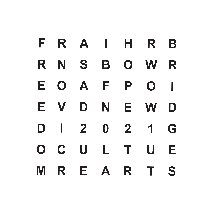Matica – the cultural center
From the very beginning, the inhabitants of this town paid great attention to their spiritual life. They began erecting churches immediately. Orthodox churches sprang up dedicated to St. Nicholas, St. George (cathedral), Dormition of The Mother of God, and Almaska. New houses of worship were also built by Roman Catholics, Greek-Catholics (Uniates), Reformists, Protestants, Armenians, and Jews erected a synagogue. Along with the churches, the townspeople built schools. In the 19th century, Novi Sad had two grammar (high) schools, a Serbian and a Hungarian one, as well as other schools. They also had rich cultural life. Book selling and publishing, journalism, and printing were developed. Important cultural institutions were founded: the Serbian Reading Room (1845) and the Serbian National Theatre (1861). But the most important cultural event was the moving of Matica Srpska Society from Budapest to Novi Sad in 1864. Matica Srpska is the oldest Serbian cultural institution of the modern age, founded at Pest in 1826. Other institutions developed within its structure, including the Matica Srpska Library, the Gallery of Matica Srpska, the Museum of Vojvodina, the Novi Sad City Museum etc. During the period of flourishing national romanticism and bourgeois liberalism, the political life of Novi Sad and Vojvodina was given impetus by Svetozar Miletic, the greatest 19thcentury political figure among the Serbs. His monument is on Freedom Square, in the very centre of the town, that is, in front of the Magistrate (Town Hall). The attribute of the ”Serbian Athens” implied a golden age of the town’s culture. In addition to cultural institutions, it was mostly inspired by prominent public figures. Novi Sad has a somewhat short lived history, but one permeated with interesting people and events. At the beginning of the 20th century, Albert Einstein lived here with his wife Mileva Maric – Einstein of the local family background.











